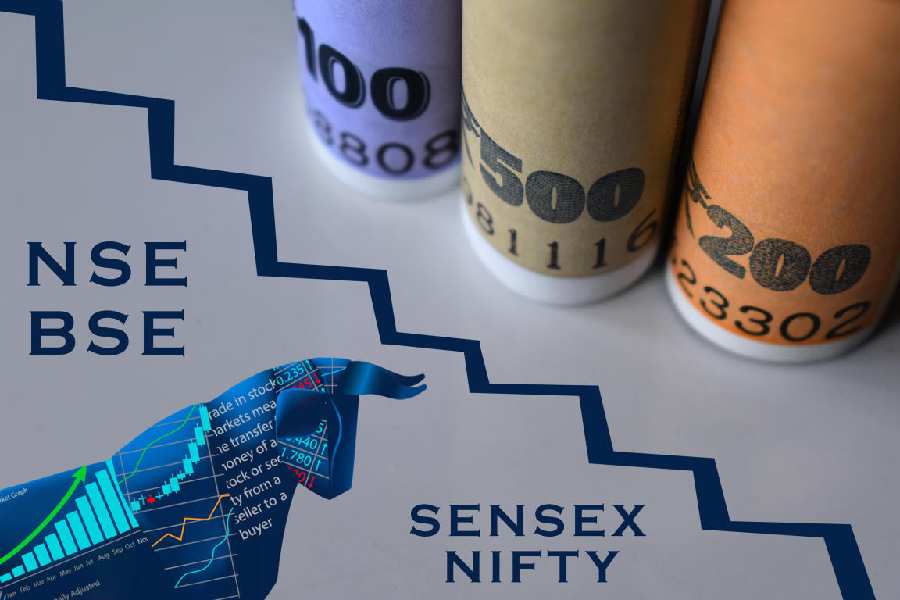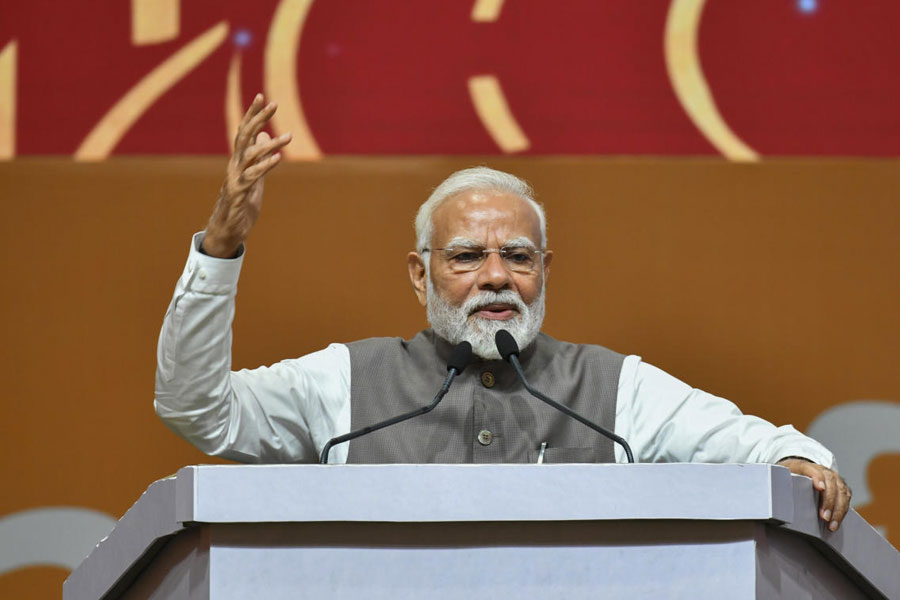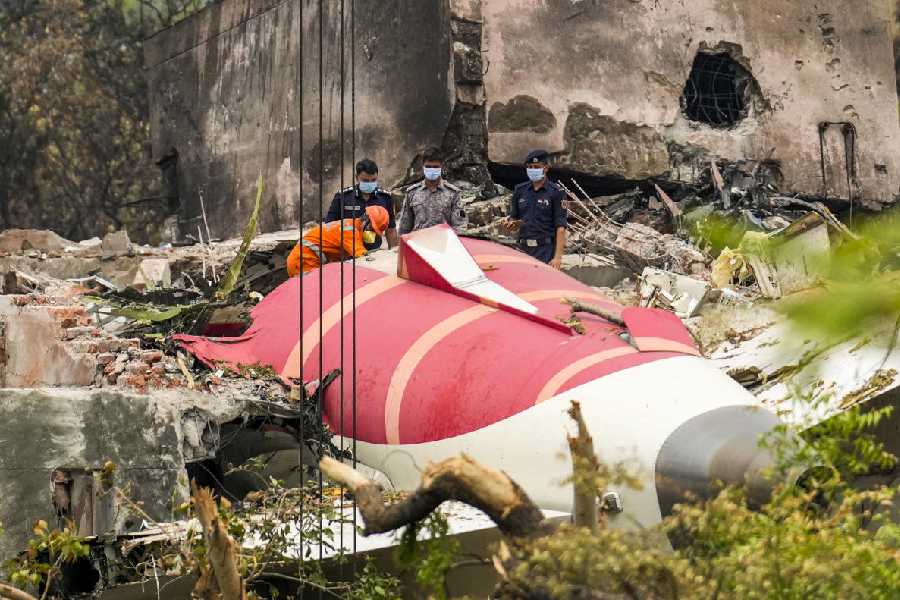 |
Consumption of cement in the state has gone up by around 60 per cent in the past six years following a boom in the construction sector.
In 2006-07, the total consumption of cement stood at 44.93 lakh tonnes and the figure rose to 77.61 lakh tonnes in 2011-12.
A study of the cement consumption trend in the first seven months of the current fiscal reveals that the state has used up 7.5 lakh tonnes of cement a month during the period. Going by the trend, it is expected the cement consumption to reach the 90-lakh-tonne mark by the end of 2012-13. This would be double of the 2006-07 figure.
Bihar could add the consumption of cement by just 12.07 lakh tonnes in the first six years of the decade. The cement sale was 32.86 lakh tonnes in 2001-02, though the figure rose to 44.93 lakh tonnes in 2006-07.
In the past 12 years (since 2001-02), the first six years could add up to 12.07 lakh tonnes of consumption. Keeping in mind the sales figures of the first six months of this financial year, the following six years (till the end of 2012-13) are likely to witness a consumption of another 45 lakh tonnes.
The state, which clocked a double digit growth in past five years, witnessed 16.71 per cent Gross State Domestic Product (GSDP) in 2011-12, compared to its performance in the previous fiscal.
Going by value terms, Bihar’s economy is worth Rs 1,51,866 crore at constant prices. While the primary sector of the state economy is worth Rs 34,111 crore, the secondary sector is worth Rs 29,695 crore. The absolute value of the tertiary sector is Rs 88,060 crore. Of the total size of Rs 29,695 crore, the construction sector contributes Rs 20,483 crore and the manufacturing segment Rs 7,415 crore.
The construction sector constitutes almost 69 per cent of the secondary sector and 13.48 per cent of the GSDP, which is Rs 1,51,866 crore.
The boom in the construction sector, feel experts, is the result of a stable state government, large-scale public investments by both the Union and the state government in sectors like roads, bridges, schools and health centres and increased demand from private real estate developers for constructing residential apartments and commercial complexes.
Two years ago, the cement consumption growth recorded a 25-30 per cent growth in Bihar.
R.S. Rathore, the deputy general manager of Maihar Cement, Patna, said that the growth of cement consumption in Bihar has been 20 per cent per year in the past three-to-four years as against the national growth of six-to-eight per cent in the same period. Maihar Cement is a unit of BK Birla Group of Companies.
He added: “Huge spending by the government and private sector is the main reason leading to the increase in cement consumption. There has been a real estate boom in Bihar, especially in Patna, since 2006. Several malls, residential flats and commercial complexes have come up in the capital and many more are under construction. Besides, the Centre and the state government spending have also gone as roads, schools and health centres are being constructed.”
Rathore said: “People’s income has also increased in a steady way and there is a growing tendency among the middle and the upper middle class to buy flats and invest in the real estate.
 |
| A labourer at work at a construction site in Patna. Picture by Jai Prakash |
“Those belonging to the lower strata of society are also buying pucca houses by utilising benefits of schemes such as Indira Awas Yojana.”
Another official of the cement company told The Telegraph on condition of anonymity that the consumption has of late slowed down a bit because builders were failing to find prospective buyers for residential flats. “It’s not that flats are not being sold. But the rush is suddenly not there,” he said.
There are altogether 18 brands of cement, which are mainly brought from the Satna and Raipur cluster. “Birla Gold and Lafarge are the market leaders in the state with both constituting 2.50 lakh tonnes out of 7.5 lakh tonnes sold every month,” Rathore said.
Cement manufacturers from Rajasthan and the southern part of the country are also heading towards because they are getting a good price. “Firms based in Rajasthan and South India have to shell out Rs 75 per bag of cement as freight charge. Despite this, they are coming to Bihar for better dividends,” a cement firm official said.
White cement is being sold at anything between Rs 330 and Rs 345 a bag in wholesale market, it is available at Rs 355-Rs 370 a bag in the retail sector. Black cement, which is a bit cheaper than its white variant, is sold at Rs 270-280 a bag in the wholesale market and Rs 290-Rs 310 a bag in retail.
Sachin Chandara, chairman of the Patna chapter of Builders Association of India, said that cement was sold at Rs 125-Rs 140 per bag in retail in 2005-06. “The price has become double in just six years, but demand is not the only reason. Cement manufacturers raise prices arbitrarily. Even during a lean period, the price of cement never goes down due because of the market monopoly or cartels formed by cement manufacturers,” he added.
“Around three months ago, Competition Commission of India had slapped a penalty of Rs 6,300 crore on the association of cement manufacturers for indulging in cartelisation,” Chandra said.










